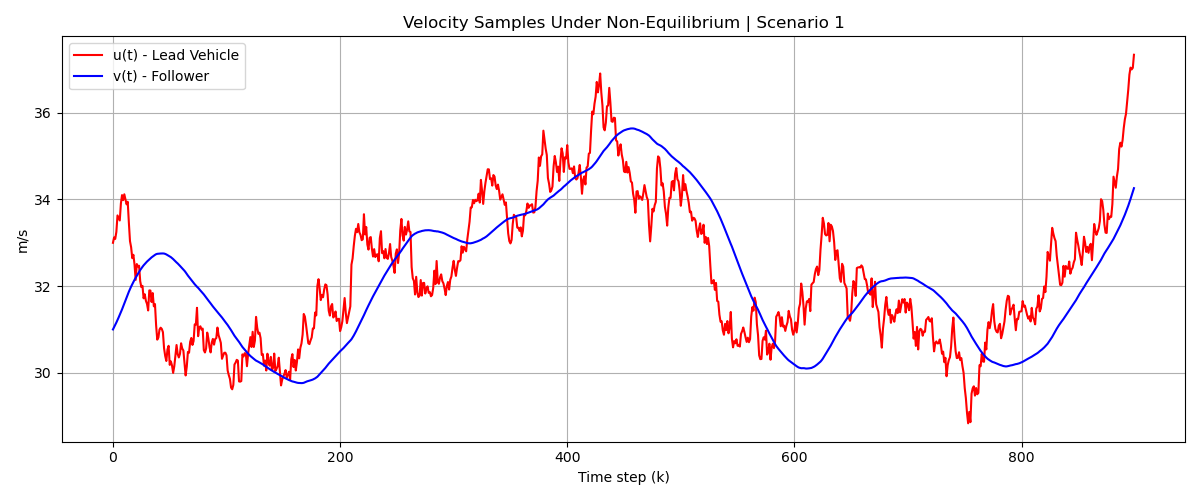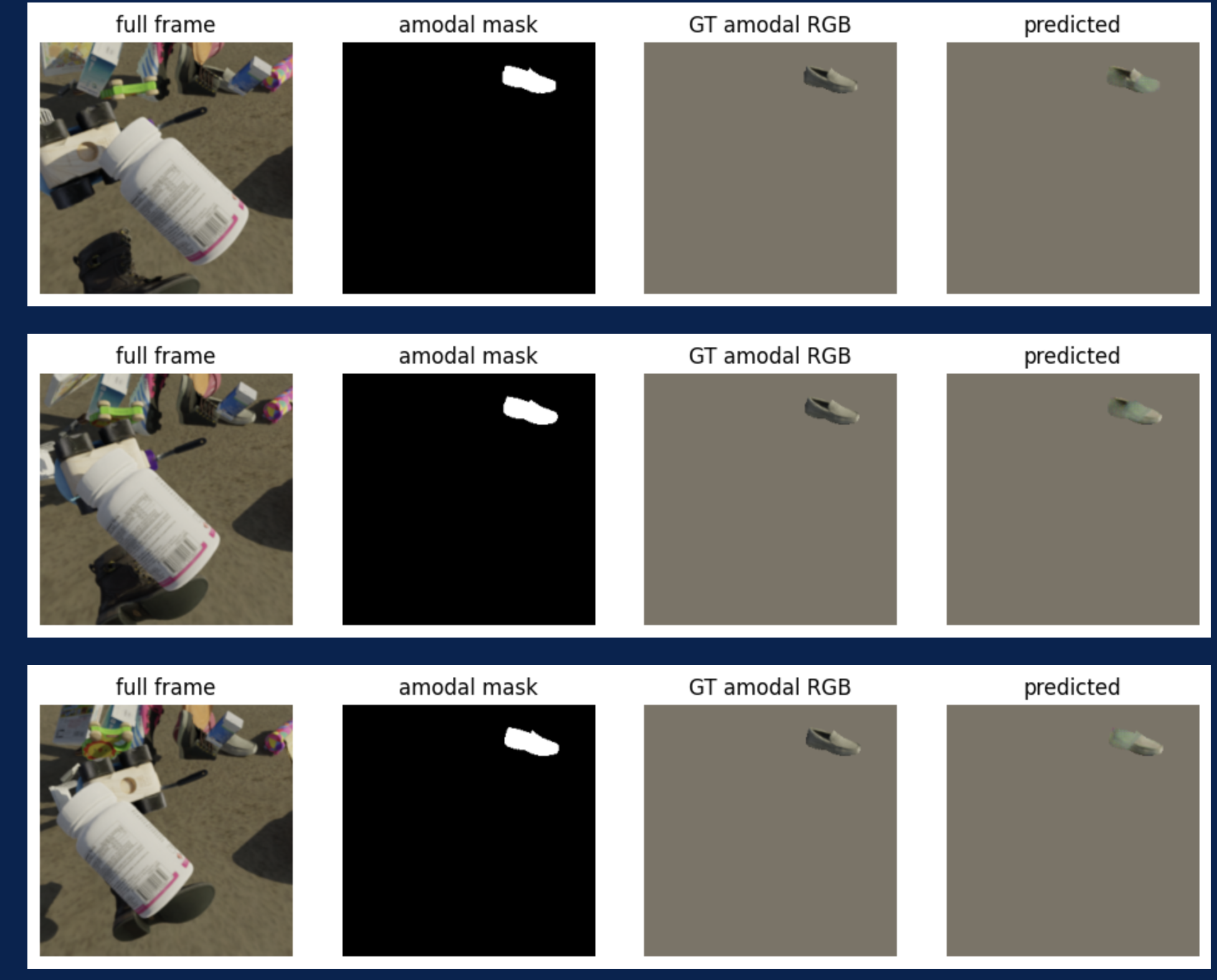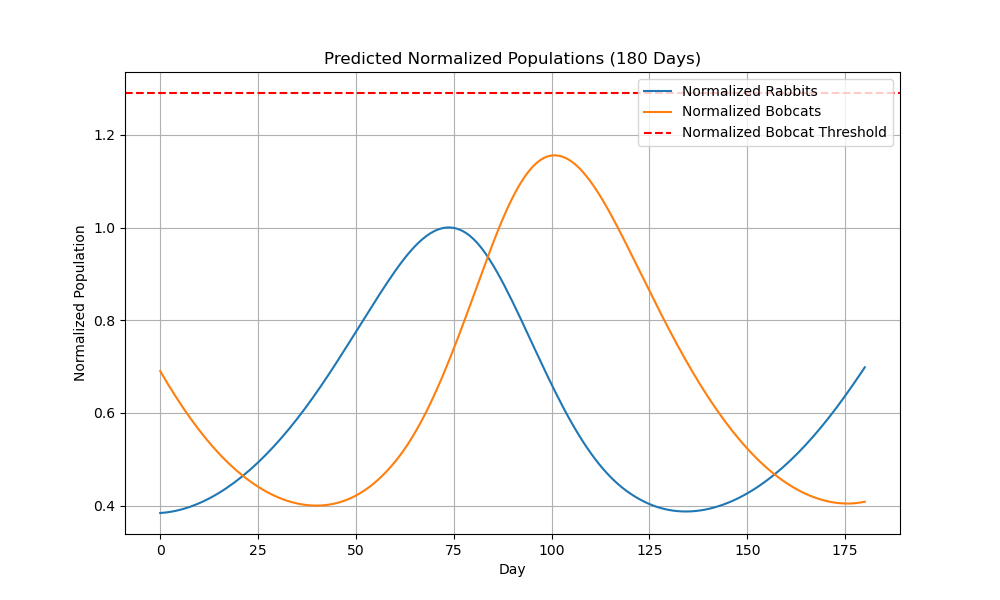Modeling Disease Spread Using SIR Agent Based Framework (ABM): Kinetic Monte Carlo Approach
May 2024 - August 2024
Using pre-existing computational methods such as Kinetic Monte Carlo (KMC) simulations, this research study intends to investigate the dynamics of disease
transmission using the Susceptible-Infected-Recovered (SIR) with an agent-based modeling framework (ABM) on lattice-like structures for a controlled
movement population vs an unrestricted movement population; through simulations to analyze the relationships between susceptible(S), infected(I),
recovered(R) populations in an environment in these circumstances. Using these methods, we simulate the stochastic processes that govern disease
transmission and recovery on the lattice grid, providing a comprehensive analysis of the evolution of the disease spread. We anticipate that the overall
findings will uncover iterative patterns in disease transmission, highlighting the critical importance of spatial structure and stochastic effects on
population dynamics. Furthermore, we expect these results to offer deeper insights into epidemic dynamics, thereby enhancing the effectiveness of disease
control strategies for future outbreaks. However, future work is needed to address two unknown areas. First, the impact of different lattice configurations
on disease dynamics should be investigated to comprehend how spatial structures influence disease spread. This should include exploring various spatial
configurations. Second, further investigation is required into how different temperatures affect disease transmission within restricted populations in
lattice-like structures compared to populations not restricted by these physical conditions.



